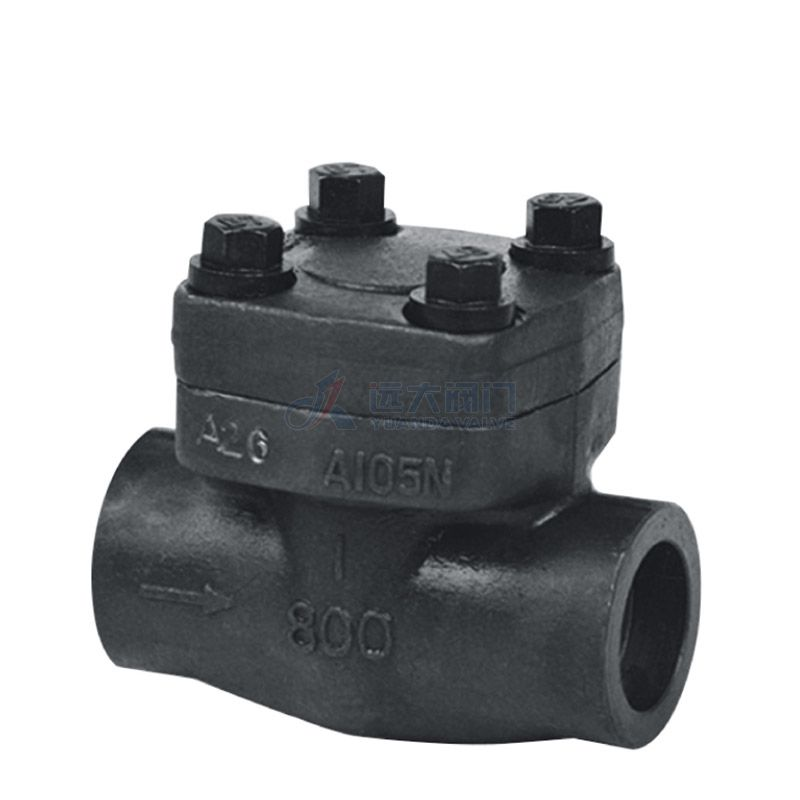Check valves are automatic valves that allow fluid to flow in only one direction and prevent backflow. Choosing the correct type of check valve based on the flow direction is essential for system efficiency, pump protection, and avoiding damage due to reverse flow.
The primary function of a check valve is to prevent reverse flow in a piping system. They are commonly installed:
On pump suction or discharge lines
In water supply or wastewater systems
In steam, gas, or compressed air pipelines
In chemical and industrial process lines
Check valves operate automatically, opening when flow moves forward and closing when flow reverses.

Before selecting a check valve, determine:
Direction of normal flow: The path fluid takes under normal operating conditions.
Potential reverse flow: Conditions under which backflow could occur.
Installation orientation: Some valves require horizontal, vertical, or specific installation positions.
Flow direction is critical because different check valve types have different operational mechanisms that rely on gravity, spring force, or fluid pressure.
Flow Direction: Typically installed horizontally, but can also work vertically with upward flow.
Operation: A hinged disc swings open with forward flow and closes by gravity and backflow.
Best For: Low to medium velocity systems, water pipelines, and sewage applications.
Limitation: Not ideal for vertical downward flow, as the disc may not close properly.
Flow Direction: Can be installed vertically or horizontally. Vertical installation usually requires upward flow.
Operation: A disc or piston lifts off the seat under forward flow and drops to seal when flow reverses.
Best For: High-pressure systems and applications where backflow prevention must be precise.
Limitation: More restricted flow path, can cause pressure drop.
Flow Direction: Can be installed in both horizontal and vertical lines. Vertical flow typically requires upward direction.
Operation: A ball inside the valve moves with the flow; gravity or spring returns it to close against backflow.
Best For: Small pipelines, low-pressure systems, and slurries.
Flow Direction: Can be installed in any orientation, but vertical installation usually requires upward flow.
Operation: A spring pushes the valve disc or piston closed; forward flow compresses the spring.
Best For: Rapid-closing applications to prevent water hammer or pump surge.
Follow the arrow: Every check valve body has a flow arrow indicating correct direction.
Vertical flow:
Use upward flow for swing, lift, or spring check valves.
Avoid downward vertical installation unless the valve is specifically designed for it.
Horizontal flow:
Swing check valves perform best with horizontal flow.
Spring and lift check valves also work horizontally.
Space for maintenance: Ensure enough clearance to remove or service the valve without disturbing the pipeline.
Flow velocity: High velocities may require fast-closing spring check valves to prevent water hammer.
Pressure drop: Some check valves (like lift check valves) cause more pressure drop than swing check valves.
Fluid type: For slurries or fluids with debris, ball or swing check valves with strainers are preferred.
Pump protection: In pump discharge lines, spring check valves or lift check valves are ideal to prevent backflow when the pump stops.
Selecting the right check valve based on flow direction ensures reliable backflow prevention and system protection:
Determine the normal and reverse flow directions.
Choose the valve type compatible with flow orientation: swing, lift, ball, or spring check.
Consider vertical or horizontal installation requirements.
Account for system-specific needs like pressure drop, velocity, and fluid type.
Always install following the flow direction arrow on the valve body.
By carefully matching the valve type to the flow direction and operating conditions, you can prevent backflow, protect pumps, and maintain long-term system reliability.
Previous: None